
Nerodia fasciata
Photo by D Scott
Description: Banded watersnakes are heavy-bodied snakes with brown or grayish backs marked by reddish to dark brown crossbands extending the entire length of the body. They have scatterings of square spots on their belly scales. This species also has a dark band stretching from the eye to the corner of the jaw, distinguishing them from their close relative the northern watersnake. Some old individuals become very dark and are often mistakenly identified as cottonmouths and killed. The young have markings similar to those of the adults, except that they are more boldly marked.
Feeding/Diet: Banded watersnakes feed on a variety of prey including fish, frogs, tadpoles, and salamanders.
Habitat/Range: They are common in all types of freshwater aquatic environments in the Coastal Plain of North Carolina, but are most abundant in marshes and ponds.
Reproduction: Like other watersnakes, females grow larger than males and give birth to 9–57 young in late summer or early fall.
Miscellaneous: Where the Coastal Plain and Piedmont meet, these snakes will frequently hybridize with northern watersnakes, and distinguishing the two species is often difficult. When threatened, banded watersnakes flatten their bodies to appear bigger, emit a foul musk from their anal glands, and bite repeatedly. When they bite, they often slash sideways, tearing the flesh of their attacker.

The shaded region represents the range of the banded watersnake in North Carolina.
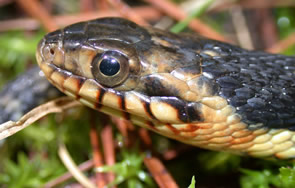
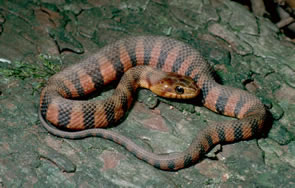
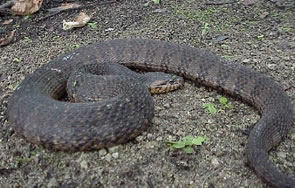
Photo by JD Willson
Juvenile banded watersnake.
Photo by Eric Stine
Photo by JD Willson
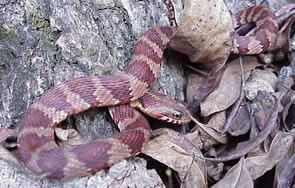
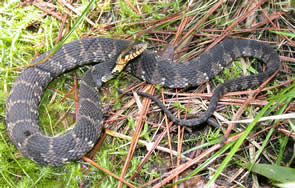
Photo by JD Willson
This website created by: J. Willson, Y. Kornilev, W. Anderson, G. Connette and E. Eskew.
For comments or questions contact M. Dorcas: midorcas@davidson.edu.
M. Dorcas homepage: http://bio.davidson.edu/dorcas
Davidson College, Davidson, North Carolina 28035-1719.
Text and maps from: Dorcas, M. E. 2004. A Guide to the Snakes of North Carolina. Davidson College - Herpetology Laboratory, Davidson, NC. – Copyright by Michael E. Dorcas.
Partial Funding for this website provided by a Associate Colleges of the South, National Science Foundation, and Duke Energy.
